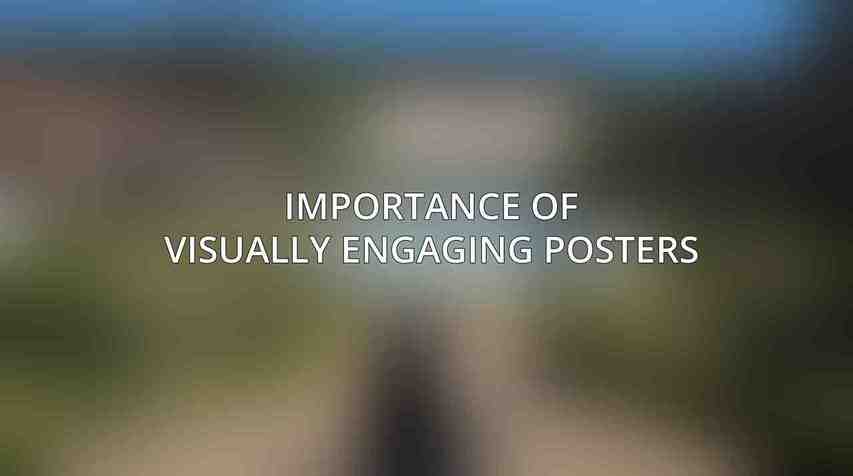The use of visually engaging posters in classrooms has become an integral part of effective teaching and learning strategies. these posters act as powerful visual aids that can capture students’ attention, reinforce concepts, and create an immersive learning environment. Before diving into the world of classroom poster printing, it’s crucial to consider several key factors such as design, size, and purpose to ensure that the posters serve their intended educational goals effectively.
Importance of Visually Engaging Posters

Visual elements play a crucial role in enhancing the learning experience by making complex information more accessible and memorable for students. Research suggests that well-designed visuals can improve comprehension, retention, and overall engagement in educational settings.
Considerations Before Printing
Before embarking on the poster printing journey, educators need to carefully consider the design elements, size requirements, and the specific purpose of each poster. Understanding the target audience, the message to be conveyed, and the optimal placement within the classroom are essential aspects to contemplate during the planning stage.
Paper Options

Standard Paper:When it comes to paper options for printing classroom posters, various choices cater to different needs and preferences.
| Type | Features |
|---|---|
| Copy Paper (80 gsm) | – Budget-friendly |
– Prone to wrinkles and fading | |
| Laser Paper (100 gsm) | – Sharp prints |
– Suitable for high-volume printing | |
| Cardstock (120-200 gsm) | – Durable |
– Suitable for thicker posters |
Specialty Papers:For those looking to add a touch of sophistication or unique features to their classroom posters, specialty papers offer distinct advantages. Read more on Maximizing Canva for Classroom Posters: A Comprehensive Guide
| Type | Features |
|---|---|
| Glossy Paper | – Shiny finish |
– Enhances colors and contrast | |
| Matte Paper | – Non-reflective |
– Provides a professional look | |
| Photo Paper | – High-quality prints Find more on Classroom Poster Design Basics: A Starter Guide |
– Accurately reproduces images |
Sustainability Considerations:For environmentally conscious educators, opting for sustainable paper options can align with eco-friendly principles.* Recycled Paper: Environmentally friendly option that reduces waste and promotes recycling efforts.* Forest Stewardship Council (FSC)-Certified Paper: Ensures that the paper comes from responsibly managed forests, supporting sustainable forestry practices.
Stay tuned for the next section on Poster Sizes and Formats.
Helpful Tip: Incorporate interactive elements like QR codes on your posters to link students to additional online resources.
Frequently Asked Questions
Can I print posters myself or should I use a professional printing service?
Both options are viable depending on your needs and resources. Printing yourself can be cost-effective for simple designs and smaller quantities, while professional printing services may offer higher quality and larger sizes.
What file format should I use for my poster design?
It is recommended to use high-resolution PDF files for printing to ensure the best quality. Make sure to embed any fonts and images in the file to avoid any potential printing issues.
What is the ideal size for a classroom poster?
The ideal poster size can vary depending on the space available in your classroom. Common sizes for classroom posters range from 18×24 inches to 24×36 inches. Consider the viewing distance and readability when choosing a size.
How can I ensure my poster design is visually appealing and effective?
To create an effective classroom poster, utilize clear, concise text with relevant images or graphics. Choose a color scheme that is visually appealing and easy to read. Keep the layout clean and organized to convey the information effectively. Read more about this on 10 Best Canva Classroom Poster Templates for Teachers
What are some best practices for hanging and displaying classroom posters?
Ensure that your posters are securely attached to the wall to prevent them from falling. Consider the viewing distance and angle when hanging posters to maximize visibility for students. Rotate posters periodically to keep the classroom environment fresh and engaging.

